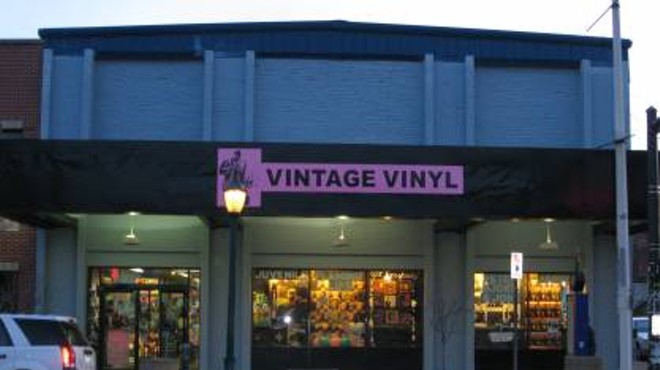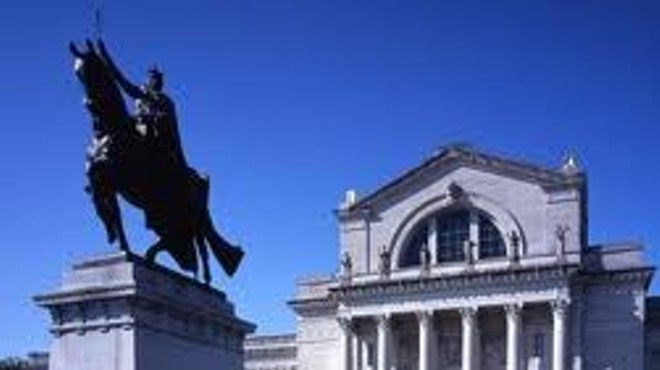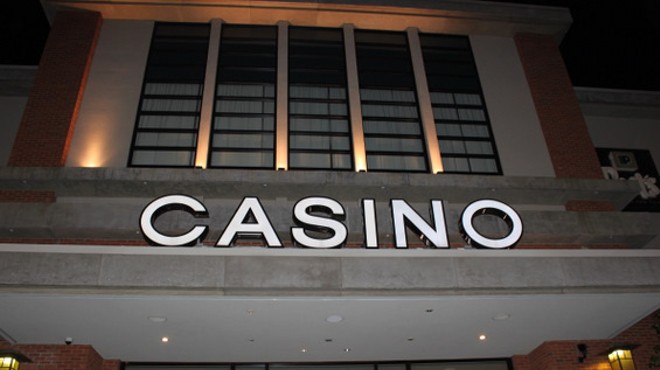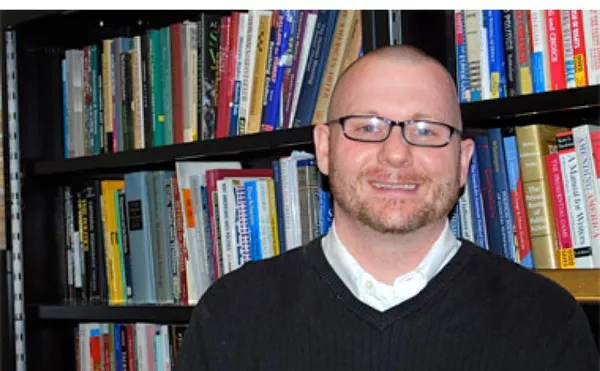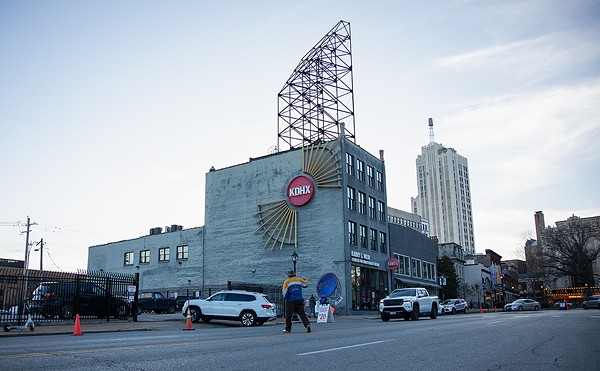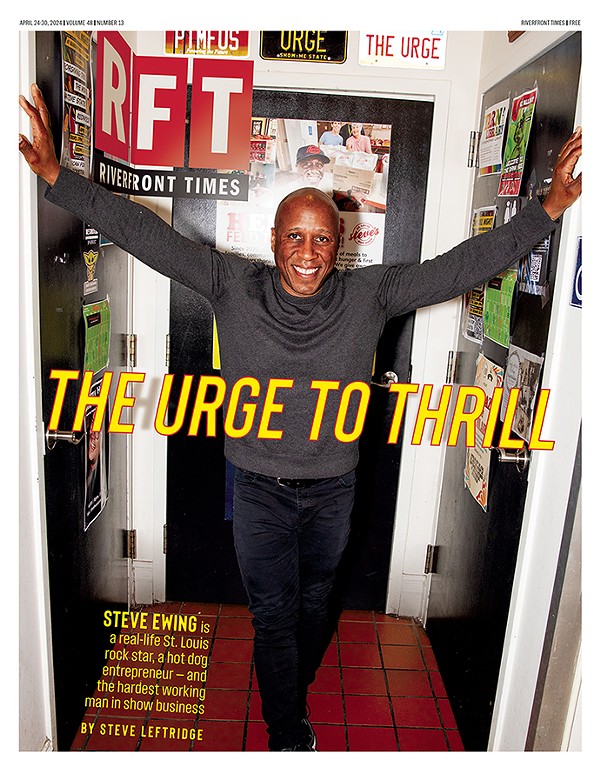It's been a good twelve months for Senator Claire McCaskill, despite the loss of her mother last October. The Democrat from the red state of Missourah trounced her Republican challenger, former congressman Todd Akin, by double-digit margins to win reelection in November. (This, after early polling in the race predicted Akin would easily defeat the incumbent.) Not one to rest on her laurels, McCaskill furthered her national clout this spring by speaking out and demanding that the military take efforts to curb sexual assaults within its ranks. In June, McCaskill backed up her words by blocking the nomination of Lieutenant General Susan Helms as vice commander of the Air Force Space Command after Helms overturned the conviction of an Air Force captain for sexual assault. The move won McCaskill equal parts praise and scorn (the Wall Street Journal accused her of waging a "war on men"), but the Missouri senator never backed down from fighting for the victim — and the underdog.
When it comes to population growth and development, there often arises a bit of a chicken-and-egg problem: Developers won't build in an area sans residents, and people won't move in without access to basic goods and services. That's why downtown had languished for so many years as a traditional "central business district" — a ghost town on nights and weekends, save the stray sporting event or hotel occupant. Enter the early adopters, the brave souls who moved into lofts on Washington Avenue and entrepreneurs who opened businesses that targeted more than just tourists. Before long, downtown became home to a grocery store, movie theater, charter school and law school. The improved quality of life has led to higher occupancy rates (population increased 366 percent between 2000 and 2010), thus sparking more residential construction and renovation that will, if the trend continues, encourage even more people to call our business district home. So here's to the downtown residents: May you populate the neighborhood and promulgate the likelihood of a vibrant city center.
Being thrifty — or broke — doesn't have to turn you into a Netflix-swilling homebody. Not when there are places like Laumeier Sculpture Park, a 105-acre open-air museum that features some of the world's most renowned modern and contemporary artwork, all for the price of nothing, zilch, nada. And the best part of Laumeier is that it's interactive. Technically, you're not supposed to shimmy up (and slide down) the huge red legs of Laumeier's signature sculpture, Alexander Liberman's The Way. But, hey, everyone else is doing it! Same goes for artist Beverly Pepper's massive earthen spiral deep in Laumeier's forest. No one ever goes back there to get high, and climb up and down the steep slopes of the artwork. Never. So stop being the friend who doesn't go out. Instead, become the cultured, outdoorsy type who doesn't have to scramble when someone asks: "So, what do you want to do?"
A prolific digester of local media and an even more prolific letter writer, Bill Hannegan rapidly responds to the news — and sometimes drives it. Regularly e-mailing detailed feedback, analysis and polite critiques to reporters all over town, he sure knows how to nag, and at the same time feed, journalists with custom tips on everything from a crumbling north St. Louis property to a tiny but controversial detail in a county-council proposal. He'll praise you when you get it right and make sure you know when you've got it wrong. Most known for his Keep St. Louis Free blog (keepstlouisfree.blogspot.com), he keeps a close eye on smoking bans locally and across Missouri, frequently making his opposition known to politicians and reporters alike. And he does not shy away from the controversial: His latest cause is publicly defending a St. Louis priest accused of child molestation whom he strongly believes to be innocent.
Father Gary Meier was never in the closet. But he did keep the fact that he is a gay man under the radar while he was an active priest. However, as the anti-gay rhetoric of the Catholic Church ramped up in the years following the pedophilia scandals, Meier became increasingly uncomfortable with the "don't ask, don't tell" approach to his parish. By 2011 that frustration led him to publish the book Hidden Voices: Reflections of a Gay, Catholic Priest under the pen name "Anonymous." In the work, Meier tried to offer words of encouragement for gay Catholics, especially teenagers, and for those who support them. Eventually, he decided that wasn't enough. He stepped out of the shadows and claimed ownership of the book, and of his sexuality, in May of this year. Overnight, the news went viral. That's not surprising, given it's possible to count the number of openly gay priests on one hand. Meier has become something of a de facto spokesperson for the gay clergy, and with the number of suicides attributed to young people struggling with their sexuality, it's not a stretch to say that his actions may save lives.
The white-hot career of supermodel and Webster Groves High School graduate (and winner of 2012's Best Local Girl Made Good, for that matter) Karlie Kloss shows no signs of cooling. She's ranked the ninth most successful model in the world and told Vanity Fair recently that designers have cut her from their shows for being "too famous." Though she may be an expert in stomping down runways, this year the six-foot-one stunner had one major misstep: She donned a floor-length Native American headdress atop a buckskin bikini at the annual Victoria's Secret Fashion Show. Native American activists immediately denounced both Kloss and VS for their culturally insensitive getup, repeating the "we are a culture, not a costume" line that had been previously used to shame singer Lana Del Rey and the band No Doubt, who also used Native American headdresses in their music videos. Within days Victoria's Secret apologized and yanked the look from the network broadcast of the show. Deluged, Kloss wrote that she was "deeply sorry" to her fans on Twitter. Hopefully her ordeal will help designers get a clue.
AN ORDINANCE TO CONSIDER WHICH PERSON SHALL HEREAFTER BE KNOWN AS THE PREEMINENT OFFICIAL ELECTED TO SERVE A POPULATION LOCAL TO THE CITY, COUNTY OR REGION OF ST. LOUIS, IN THE YEAR OF 2013:
WHEREAS, Shane Cohn, Alderman representing the 25th Ward of the City of St. Louis is the city's first openly gay elected official; and WHEREAS, Cohn actively engages with local residents via his Twitter account; and WHEREAS, Cohn does not seem to view his ward as a personal fiefdom; and WHEREAS, Cohn has fought to bring campaign-contribution limits back to city elections; and WHEREAS, Cohn led the effort to decriminalize possession of small amounts of marijuana in St. Louis; and WHEREAS, Cohn has demonstrated a willingness to challenge the monolithic status quo in local politics; BE IT ORDAINED BY THE RIVERFRONT TIMES AS FOLLOWS: By unanimous consent, Alderman Shane Cohn is hereby named Best Local Politician.
It's been named one of the nation's ten greatest streets by the American Planning Association. It's home to the St. Louis Walk of Fame and countless iconic institutions, including Vintage Vinyl, Fitz's Bottling Company, Cicero's, Blueberry Hill, the Pageant and, ahem, Riverfront Times. It's the Delmar Loop, and the hits just keep on coming. Construction is chugging along now on an $80 million development at the corner of Delmar Boulevard and Eastgate Avenue that will bring a grocery store, student housing and an all-night diner to the Loop next year — just in time for the scheduled debut of a trolley that will connect Delmar to Forest Park. And with the addition of a roundabout this year at Delmar and Trinity, it has never been easier to loop the Loop.
With skylights and floor-to-ceiling windows, the Saint Louis Art Museum's East Building is an incredible sight on Forest Park's Art Hill — both from the outside and within. Unveiled this summer, the brand-new wing is home to a range of galleries, expanded public amenities and a restaurant overlooking the park. The project increases the museum's public space by 30 percent and adds 21 new galleries in total — providing room for a large collection that has outgrown the Main Building originally built for the 1904 World's Fair. The site comes with additional parking and bigger education facilities, and museum officials say it addresses essential infrastructure deficiencies that have challenged the institution for decades. Even better, the David Chipperfield-designed structure features a polished concrete façade incorporating aggregate from the Missouri River and was awarded LEED status for its environmentally responsible design and construction.
Proponents of all things porcine received an answer to their prayers on March 23 as bacon, bacon and more bacon descended on Keiner Plaza for Baconfest St. Louis. The brainchild of bacon enthusiasts Matthew Willer and Matthew Guillot, Baconfest was a porkapalooza featuring bacon-inspired food and drinks, live music and bacon paraphernalia. The pièce de résistance of the free, all-day festival was Willer and Guillot's attempt at Guinness World Record glory — a 500-pound pork behemoth called the hog log. This 768,000-calorie, 50-foot-long (that's about one and a half school buses) porkenstein consisted of a lattice of handwoven bacon topped with a dry rub, Italian sausage, mounds of cooked bacon strips and a dousing of Sweet Baby Ray's barbecue sauce, all rolled up sushi style and cooked in a custom-built smoker under the masterful direction of River City Casino and Lumière Place executive chef John Johnson. Could we think of a better reason to celebrate? Well, perhaps an "all-clear" from the cardiologist after attending the fest.








